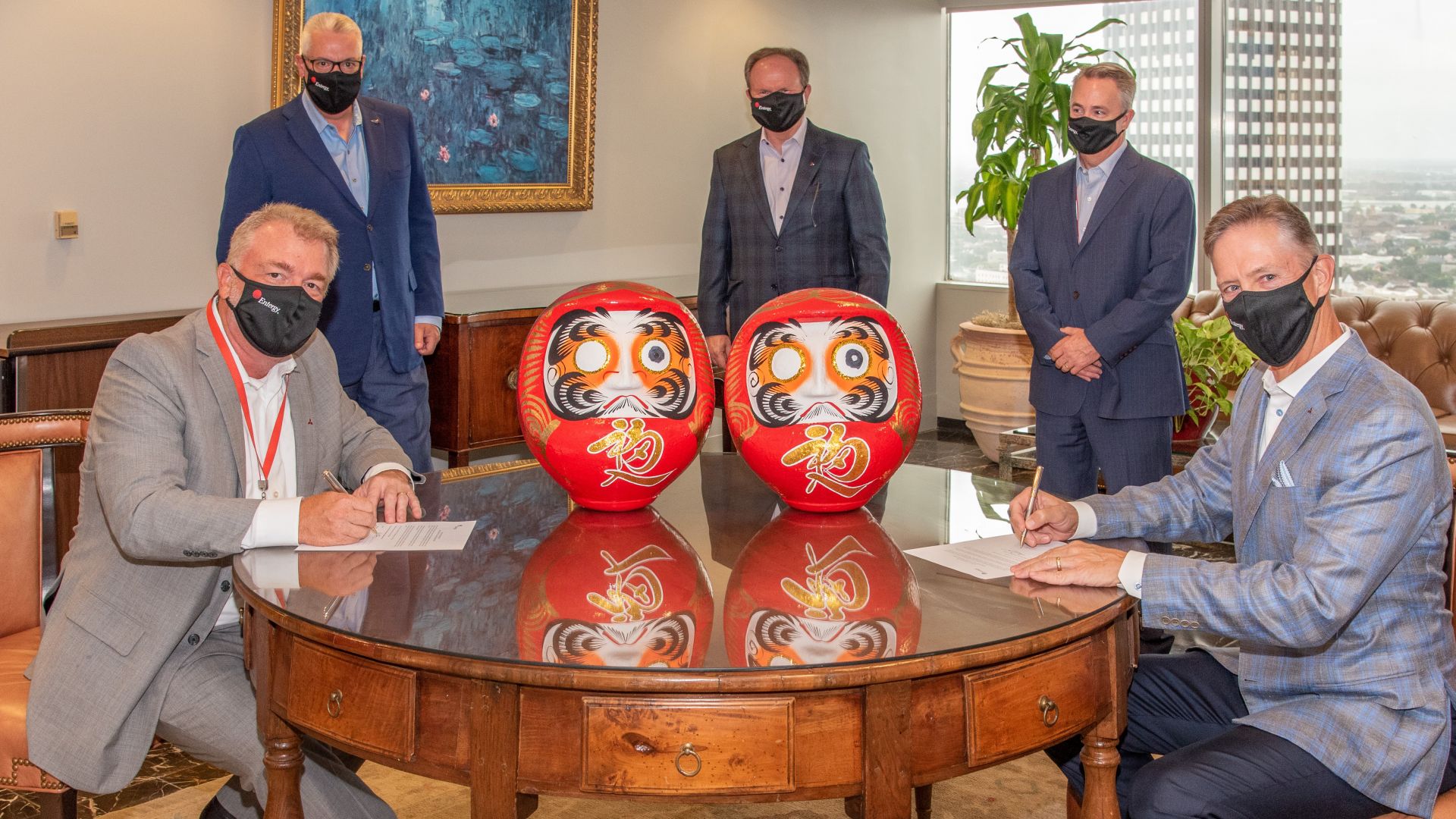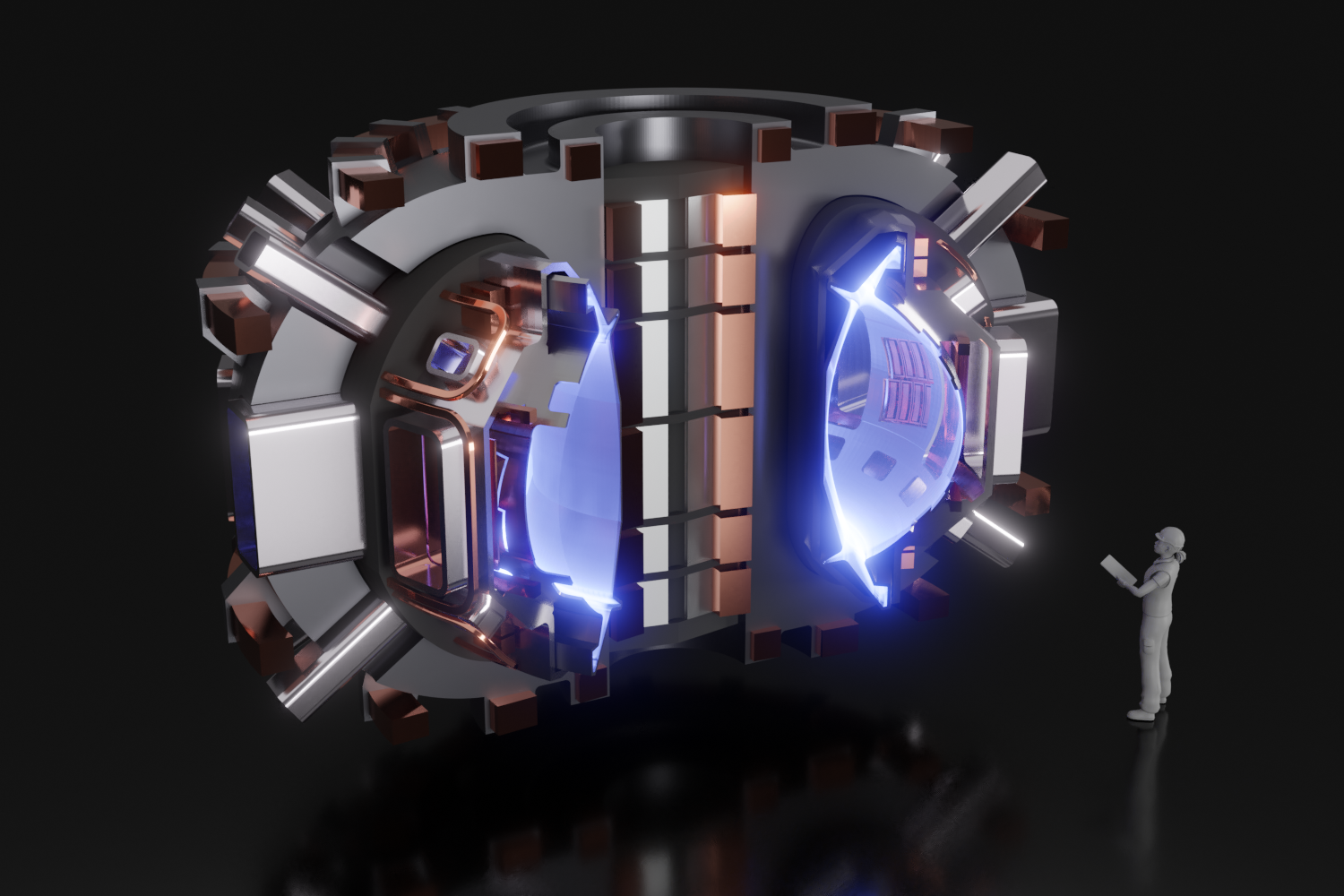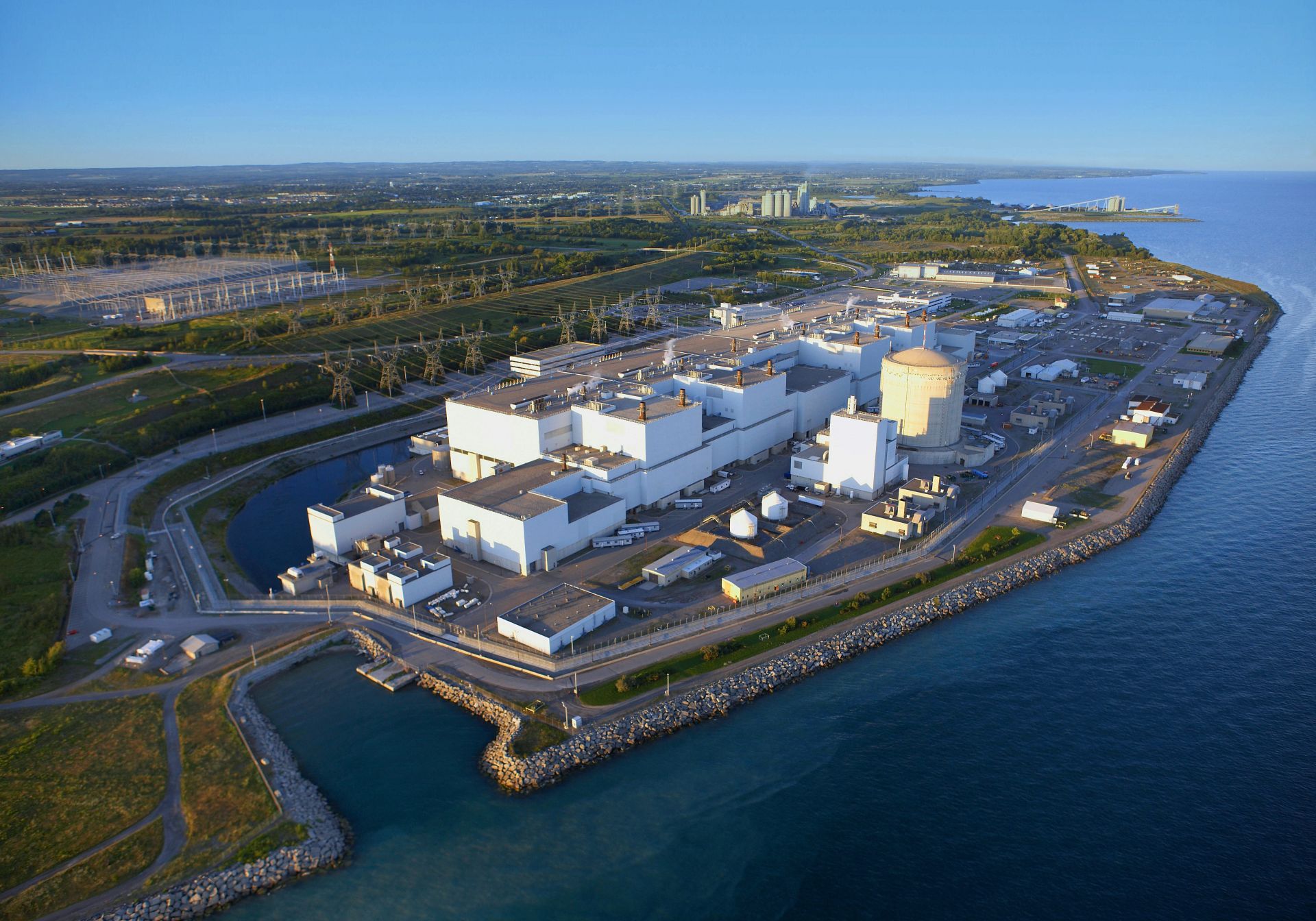PSEG pursues ZEC extensions for Hope Creek, Salem
New Jersey–based Public Service Enterprise Group (PSEG) has filed applications to extend zero-emission certificates (ZEC) for its Hope Creek and Salem nuclear power plants, co-located in Hancocks Bridge, N.J. Hope Creek is home to one 1,237-MWe boiling water reactor, while Salem houses two pressurized water reactors, with Unit 1 rated at 1,169-MWe and Unit 2 at 1,181-MWe.
According to an October 1 announcement from PSEG, Hope Creek and Salem deliver more than 90 percent of all of New Jersey’s carbon-free energy and are essential to the state’s ability to achieve its goal of a 100 percent carbon-free energy supply by 2050, as outlined in the state’s Energy Master Plan.
More: An addendum to PSEG’s announcement, with information and documentation in support of the ZEC applications, can be found here.



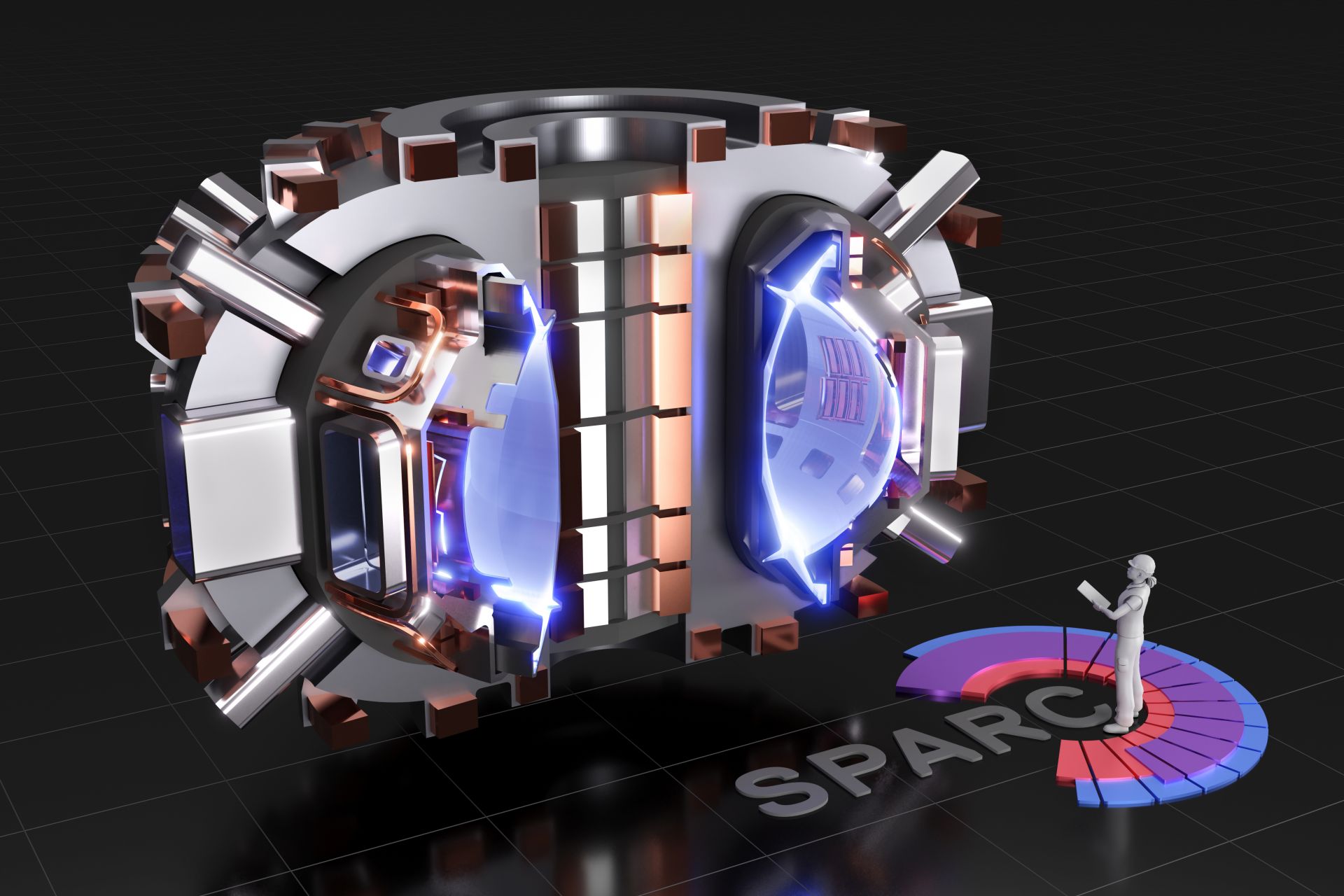
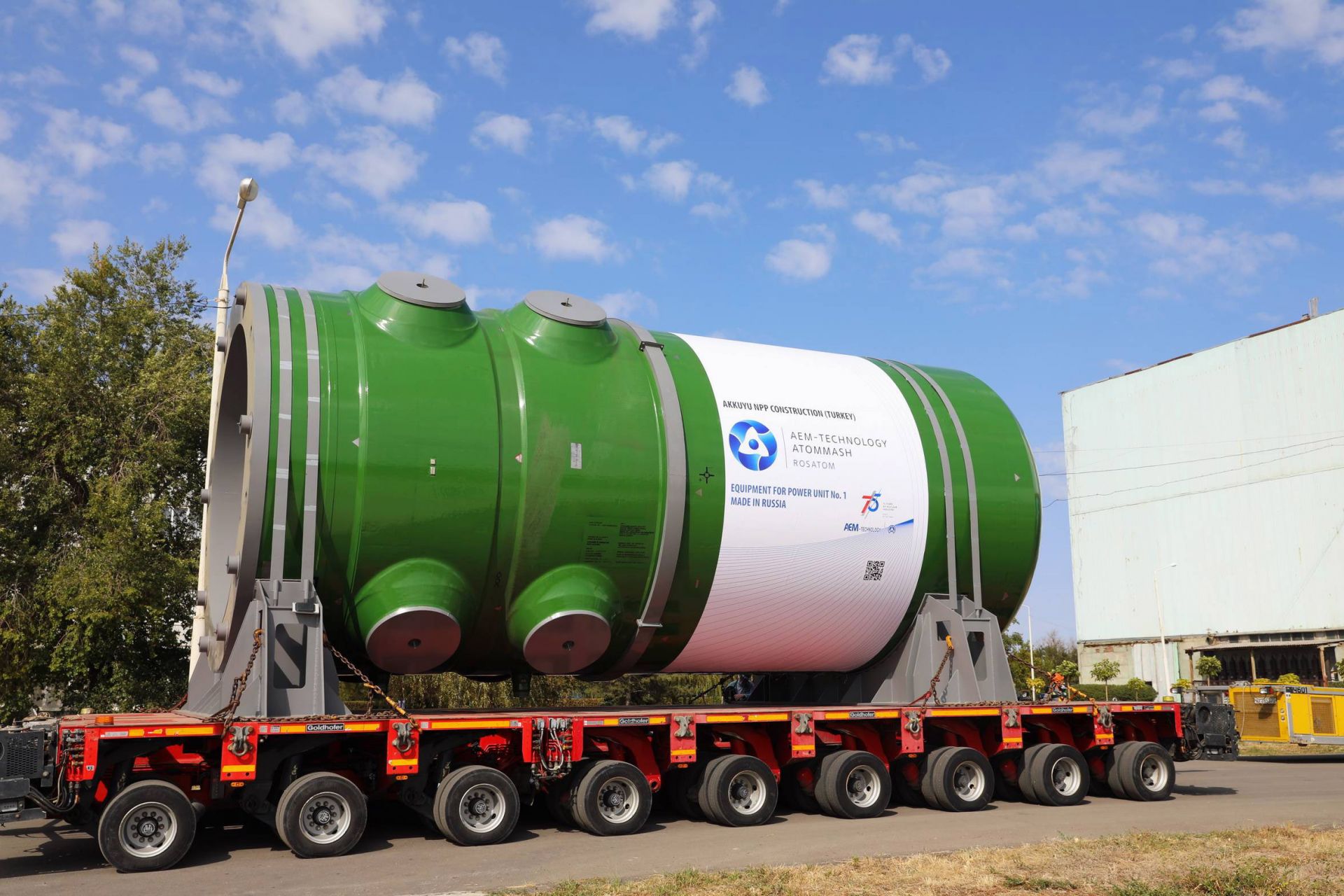
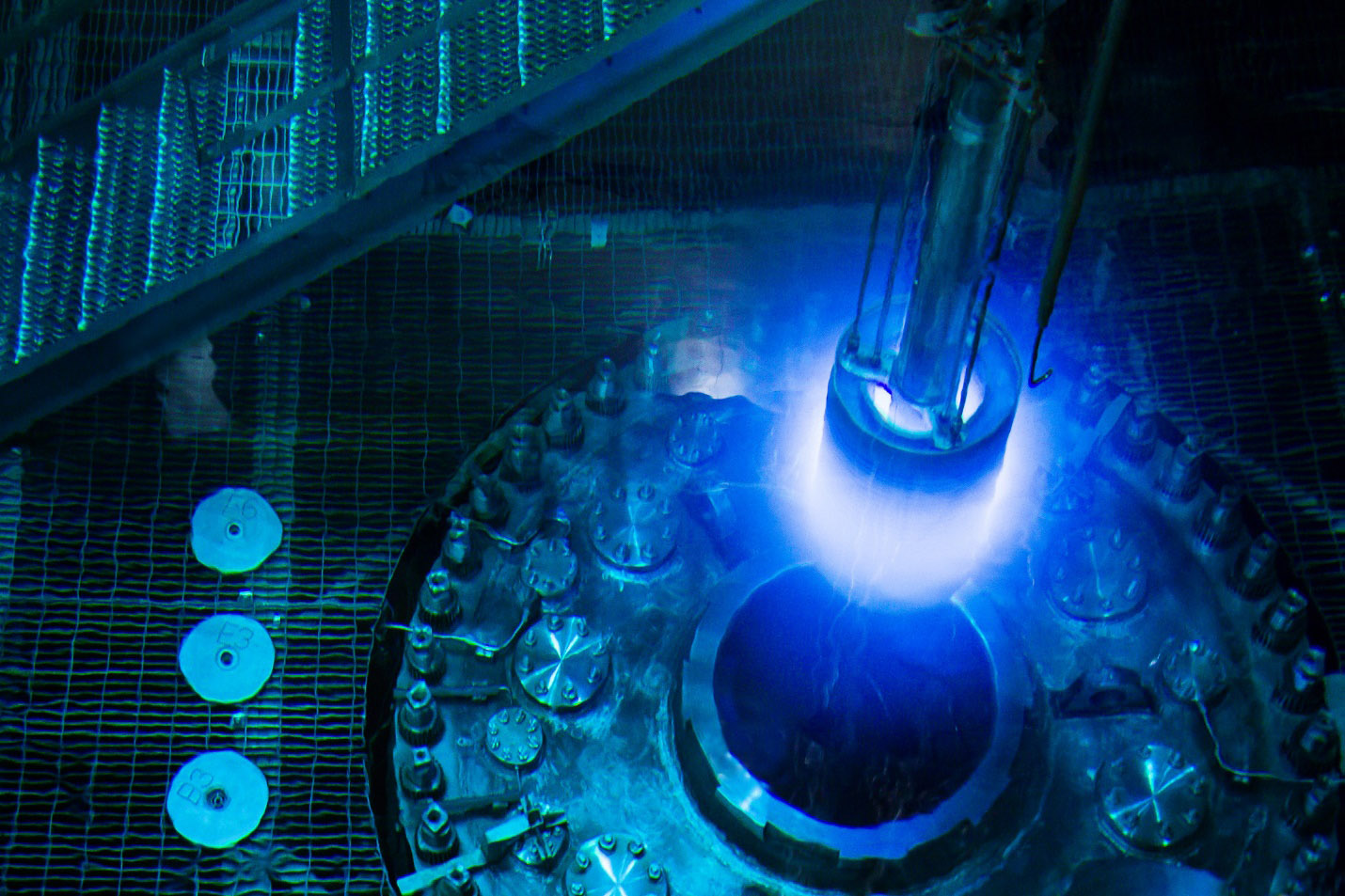
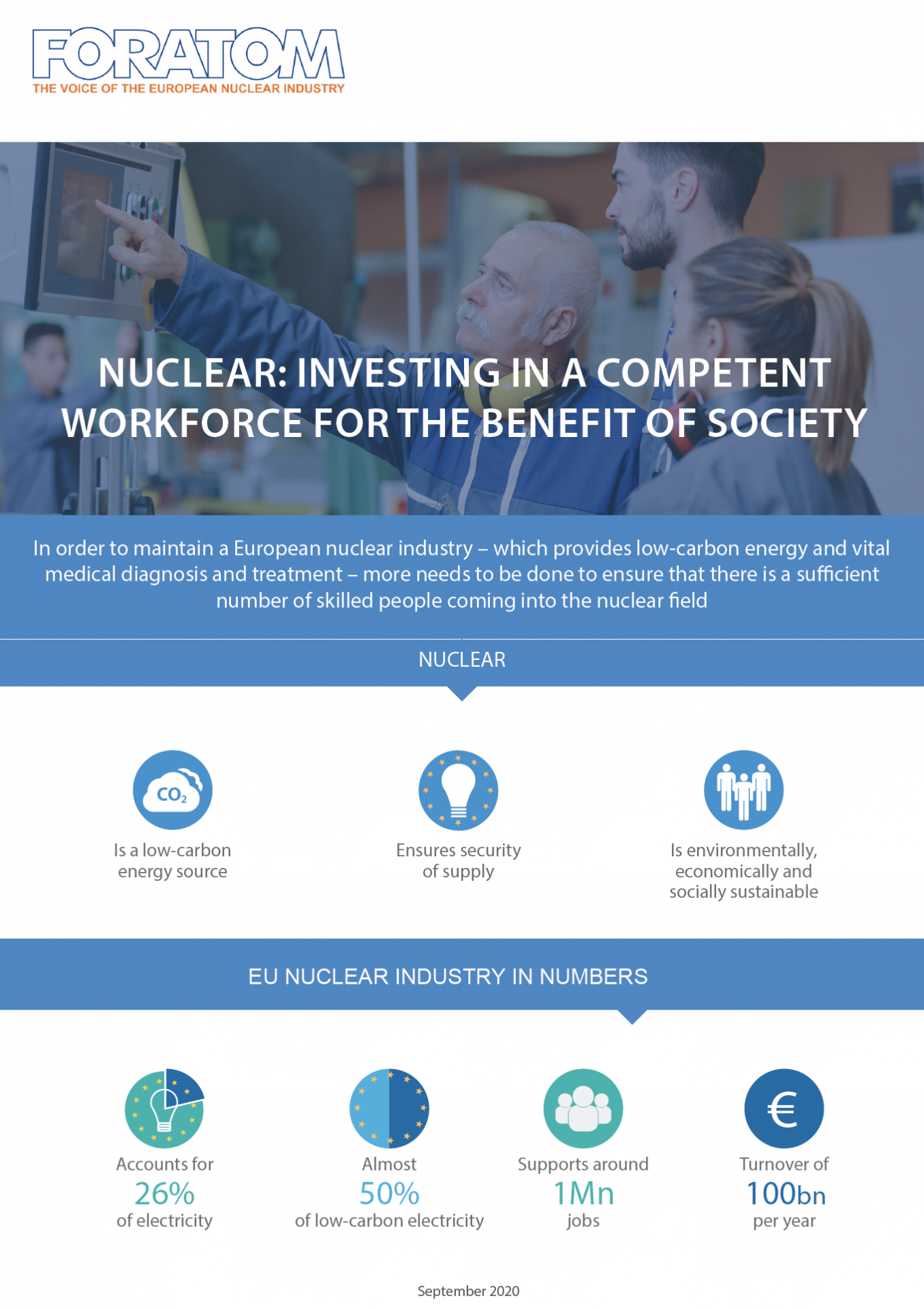 The European Union’s education and training policy must do more to ensure that the nuclear sector has a sufficient number of people with the right skills, according
The European Union’s education and training policy must do more to ensure that the nuclear sector has a sufficient number of people with the right skills, according 